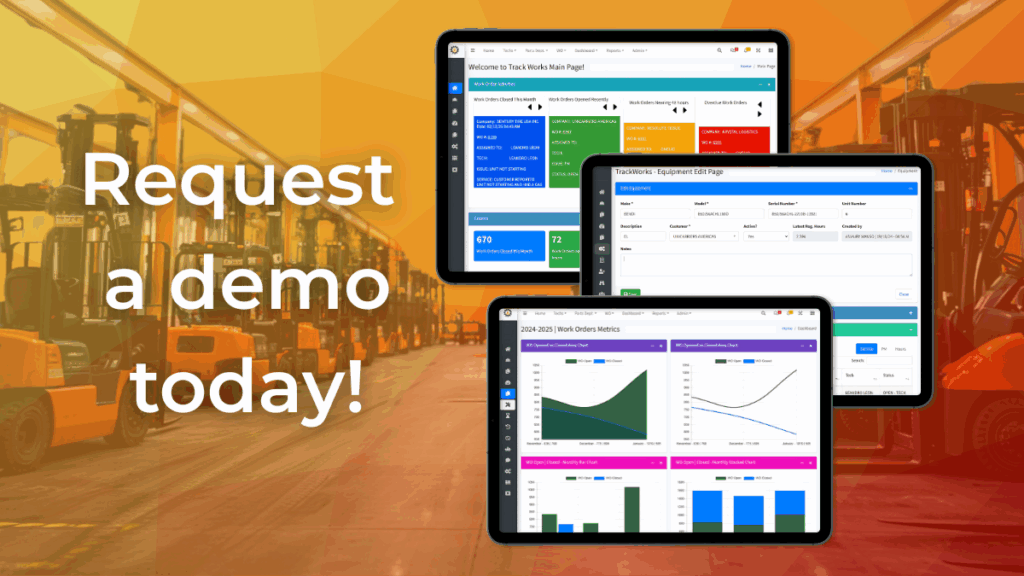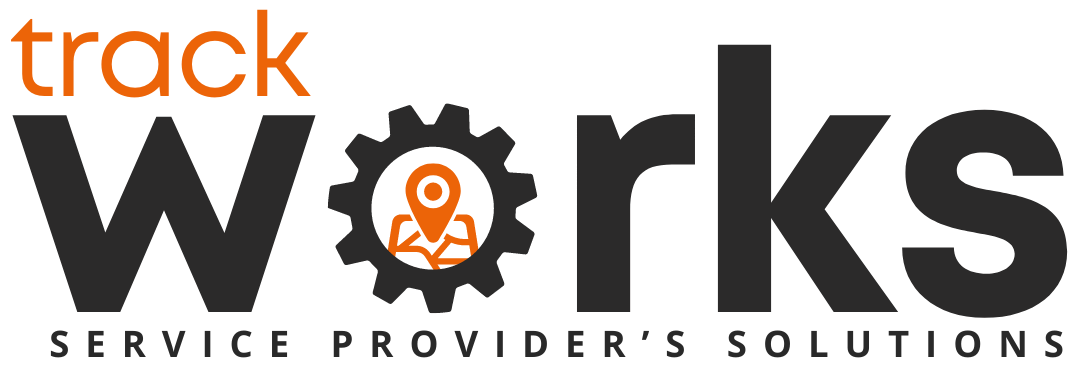5 Key Metrics Every Field Service Team Should Review Before Year-End
As the year draws to a close, field service teams face a unique challenge: balancing ongoing operations with end-of-year performance reviews. Many organizations are so focused on meeting current service demands that they overlook a crucial step — analyzing Key Performance Indicators (KPIs). KPIs are more than numbers; they tell the story of operational efficiency, customer satisfaction, resource allocation, and overall business health. Reviewing the right metrics before year-end is essential not only for recognizing achievements but also for identifying opportunities to improve in the upcoming year.
1. Job Completion Times
Job completion time measures the total time it takes from when a work order is assigned to when it is successfully completed.
Why it matters:
- Highlights operational efficiency and technician productivity.
- Reveals bottlenecks in processes, such as delayed dispatch or lengthy travel times.
- Offers insight into staffing needs and capacity utilization.
How to review:
- Compare job completion times across different technicians, regions, or types of work.
- Identify outliers where jobs consistently take longer than expected.
- Use trends over months to assess whether processes are improving or slowing down.
Actionable tip: Focus on jobs with the largest time variances first. Investigate whether delays stem from skill mismatches, inefficient routing, or unclear work instructions.
2. First-Time Fix Rates (FTFR)
FTFR measures the percentage of service requests resolved on the first visit without requiring additional technician visits.
Why it matters:
- A high FTFR reflects technician expertise and proper job preparation.
- Directly influences customer satisfaction, loyalty, and repeat business.
- Reduces operational costs by minimizing unnecessary travel and labor.
How to review:
- Track FTFR by technician, job type, and location.
- Identify patterns of recurring issues or equipment failures that prevent first-time fixes.
- Cross-reference with training records to see if additional skill development is needed.
Actionable tip: Invest in pre-visit data and diagnostic tools to improve FTFR, and ensure technicians have access to the right parts before leaving the office.
3. Travel Time and Efficiency
Travel time accounts for the duration technicians spend moving between jobs. Efficient travel is a critical but often overlooked metric.
Why it matters:
- Reduces fuel costs and vehicle wear and tear.
- Maximizes technician billable hours and overall productivity.
- Helps identify opportunities for optimized routing or clustering jobs geographically.
How to review:
- Map actual routes versus planned routes to uncover inefficiencies.
- Compare travel times across regions, days of the week, or technician schedules.
- Track idle time between jobs and investigate causes.
Actionable tip: Implement routing optimization software or use historical data to better schedule appointments geographically, minimizing wasted travel time.
4. Customer Satisfaction (CSAT)
Customer satisfaction is a qualitative measure that provides insight into the overall experience a client has with your service team.
Why it matters:
- Directly impacts customer retention and repeat business.
- Reflects the effectiveness of internal processes, technician performance, and responsiveness.
- Helps forecast potential churn or complaints.
How to review:
- Collect post-service surveys and feedback forms.
- Analyze scores by region, technician, or service type to detect trends.
- Use sentiment analysis on open-text responses to identify recurring themes.
Actionable tip: Focus on areas with lower CSAT scores and implement training, process adjustments, or additional tools to address gaps.
5. Revenue Per Technician
Revenue per technician measures the financial productivity of individual team members.
Why it matters:
- Provides a clear picture of resource allocation and profitability.
- Highlights high-performing employees and identifies opportunities to support underperformers.
- Helps inform staffing decisions and scheduling practices.
How to review:
- Calculate total revenue generated per technician against hours worked.
- Compare across regions or departments to spot inconsistencies.
- Factor in overtime and non-billable tasks for a complete view.
Actionable tip: Use this metric to balance workload effectively and reward high-performing technicians, while identifying areas for process improvement.
Integrating KPIs into Year-End Planning
Reviewing individual KPIs in isolation provides insight, but the real value comes from connecting the dots. For example:
- High job completion times + low FTFR = technician training or parts availability issues.
- High travel times + low revenue per technician = inefficient scheduling or poor route planning.
- Low CSAT + low FTFR = gaps in service quality or preparation.
By analyzing metrics holistically, leaders can create targeted action plans that address root causes rather than surface-level symptoms.
Conclusion
End-of-year KPI reviews are essential for field service teams to understand performance, identify improvement areas, and prepare for the year ahead. By examining job completion times, first-time fix rates, travel efficiency, customer satisfaction, and revenue per technician, leaders can make informed decisions, optimize operations, and set realistic, data-driven goals for 2025.




No responses yet